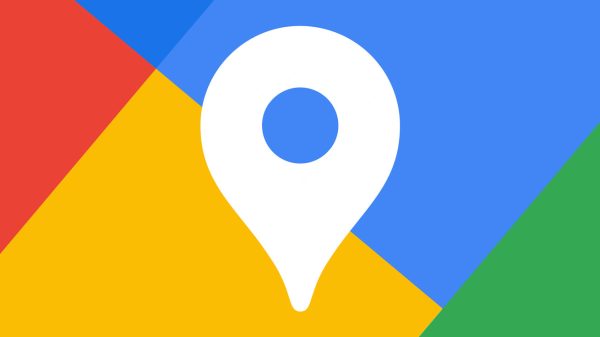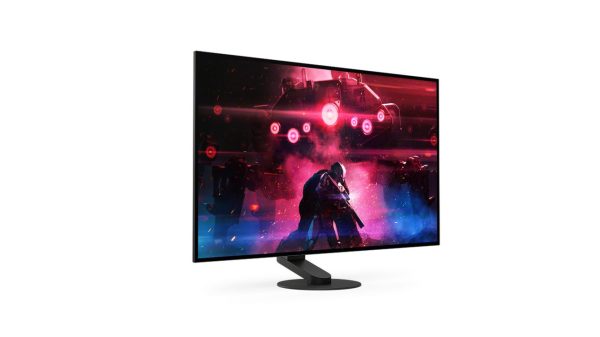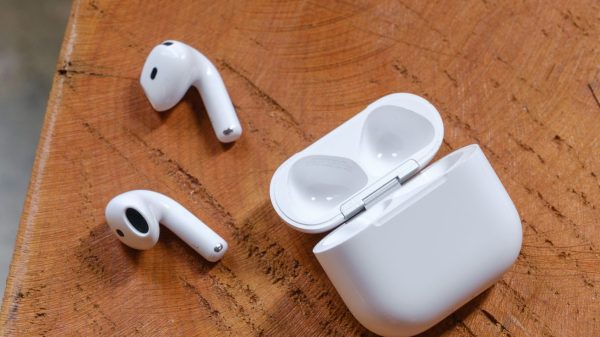Typical heart rate monitoring in wearable tech, like smart watches or wireless earbuds, relies at least partially on photoplethysmography (PPG), which uses light pulses to measure blood activity. It works generally well, but it has its limitations. Google scientists wrote in a new research blog spotted by 9to5Google yesterday that they had tried a different approach, called audioplethysmography (APG), that uses ultrasound to measure heart rate. And they did it with off-the-shelf active noise-canceling (ANC) earbuds and a software update.
The trick works by bouncing a low-intensity ultrasound signal off the inside of the ear canal and using the tiny microphone that helps make ANC work to detect skin surface perturbations as blood pumps…
Continue reading…
























